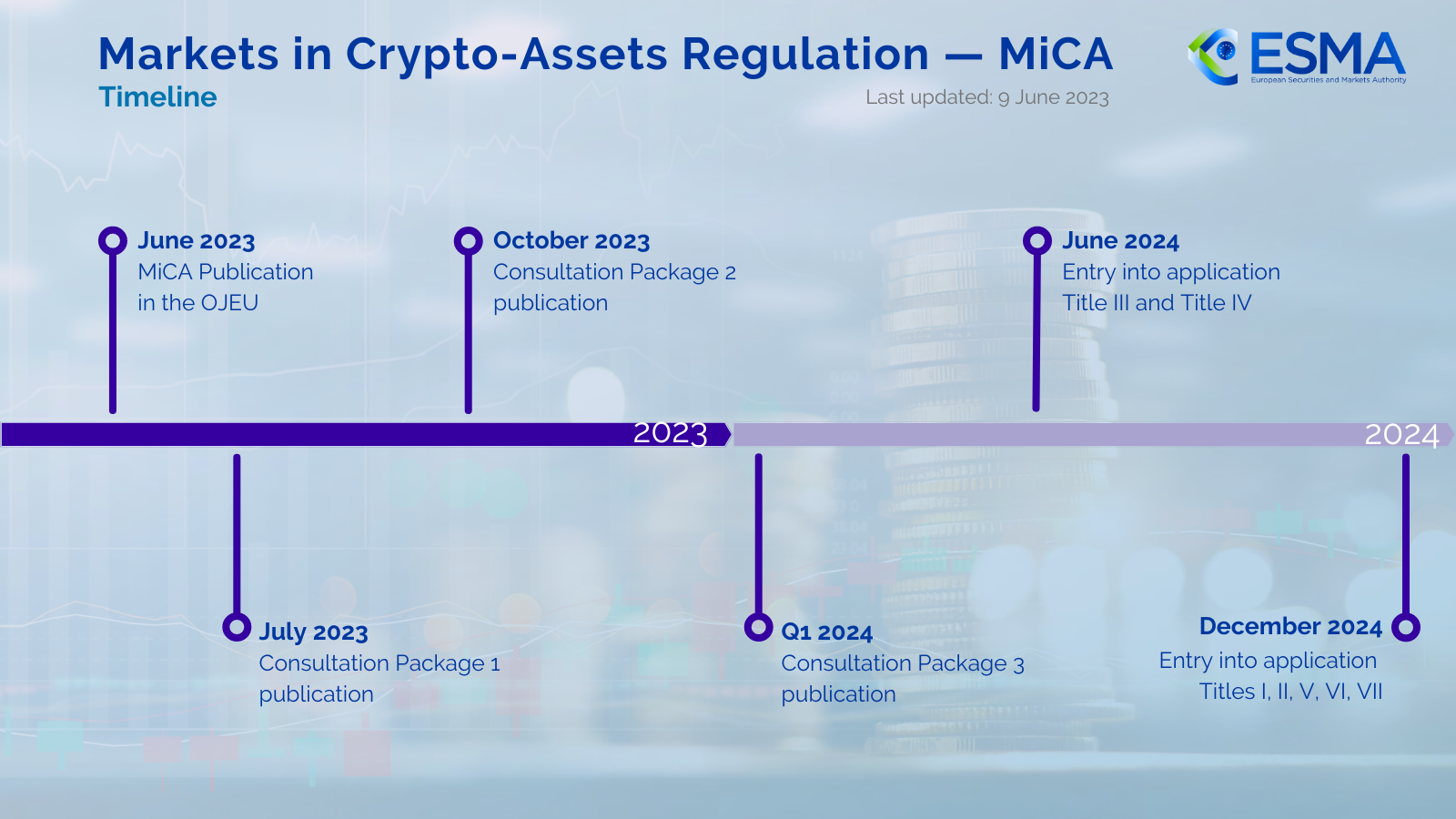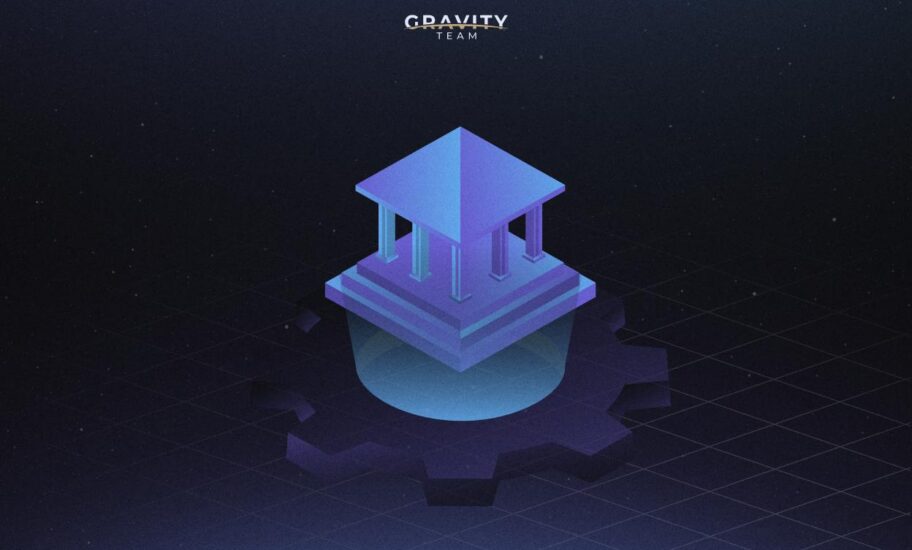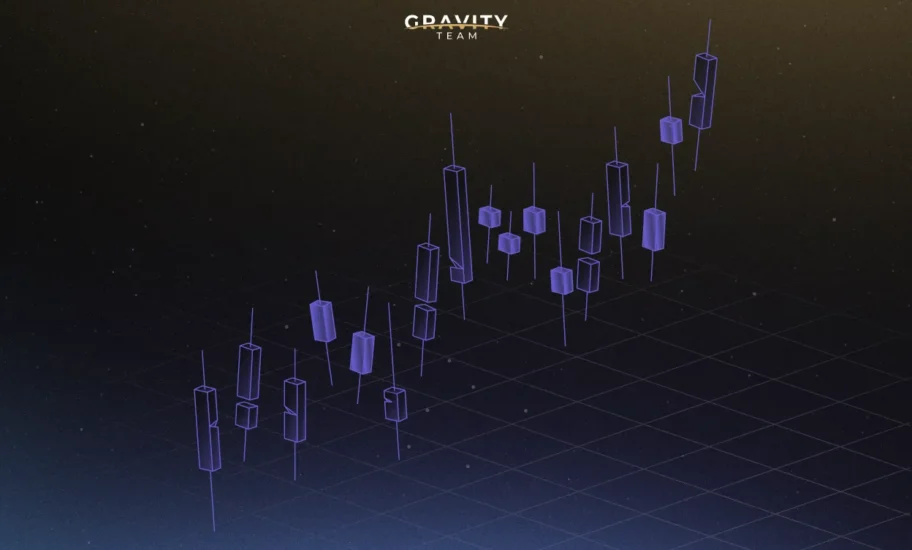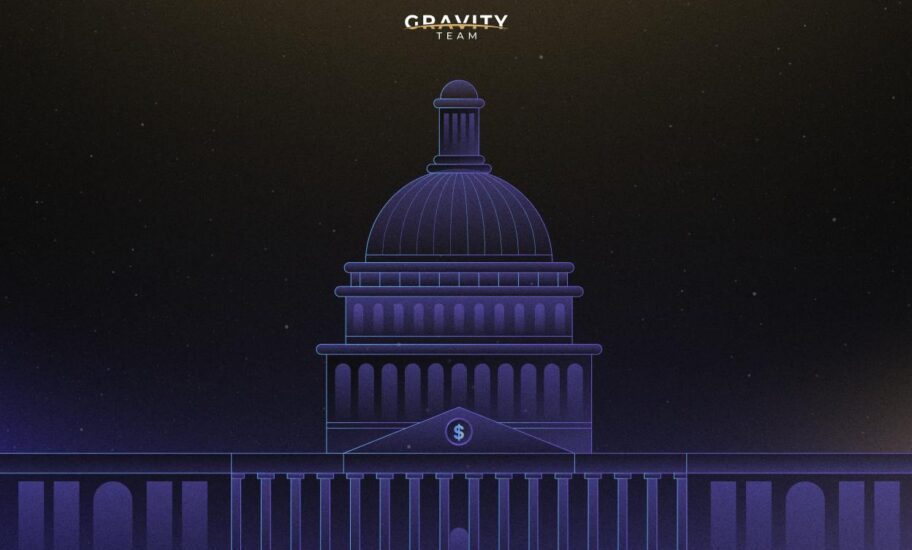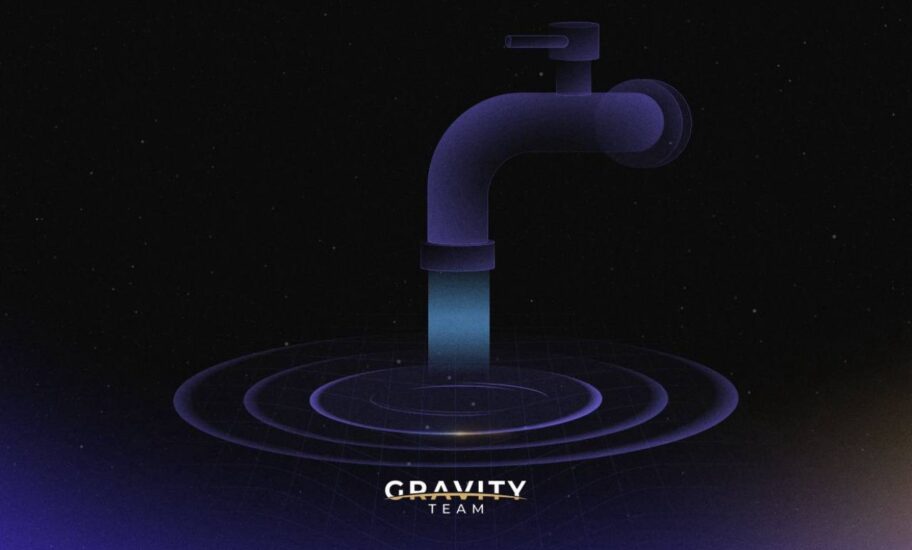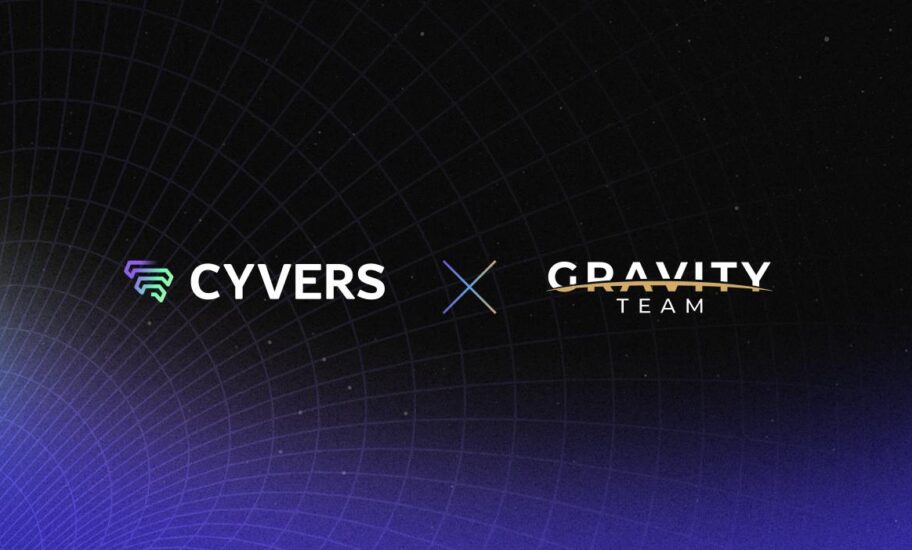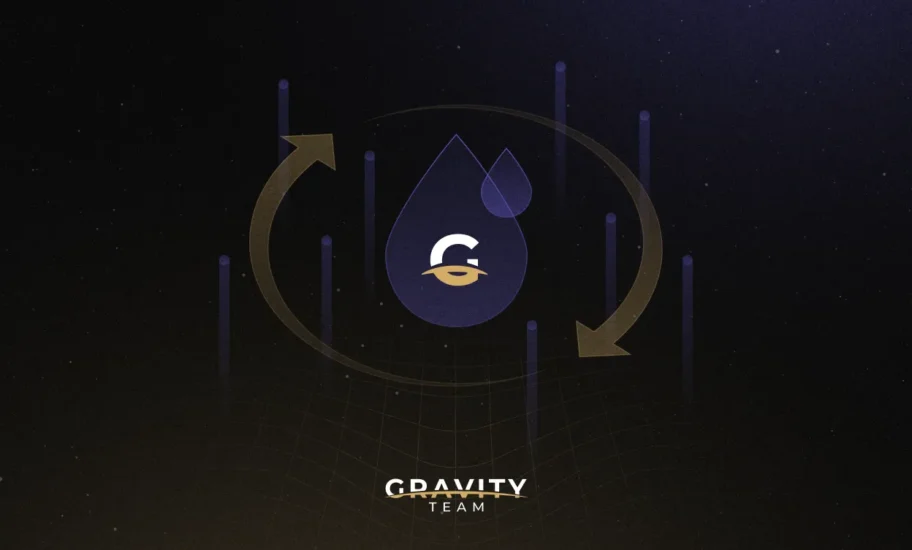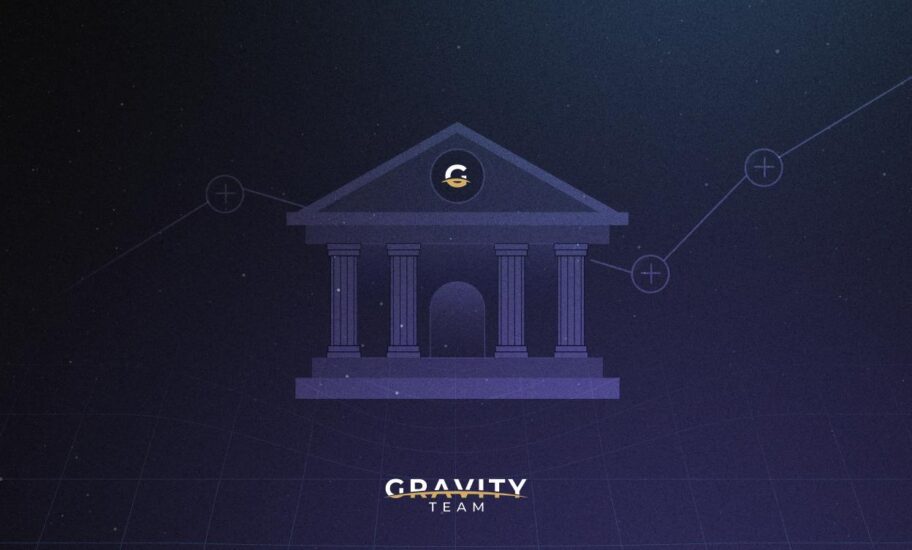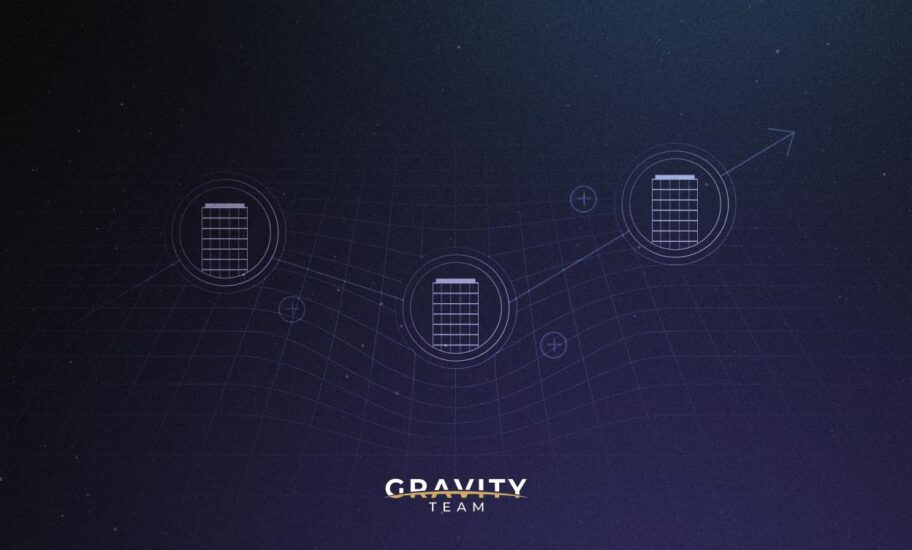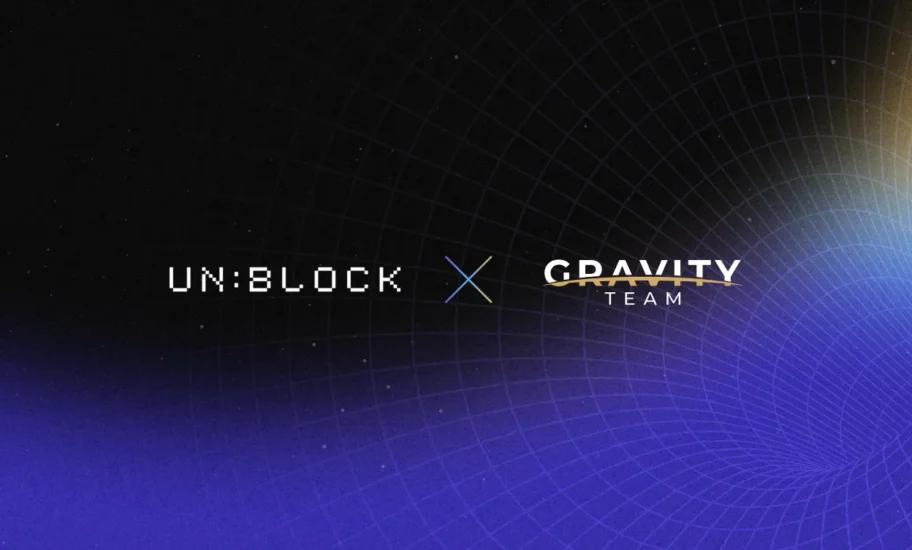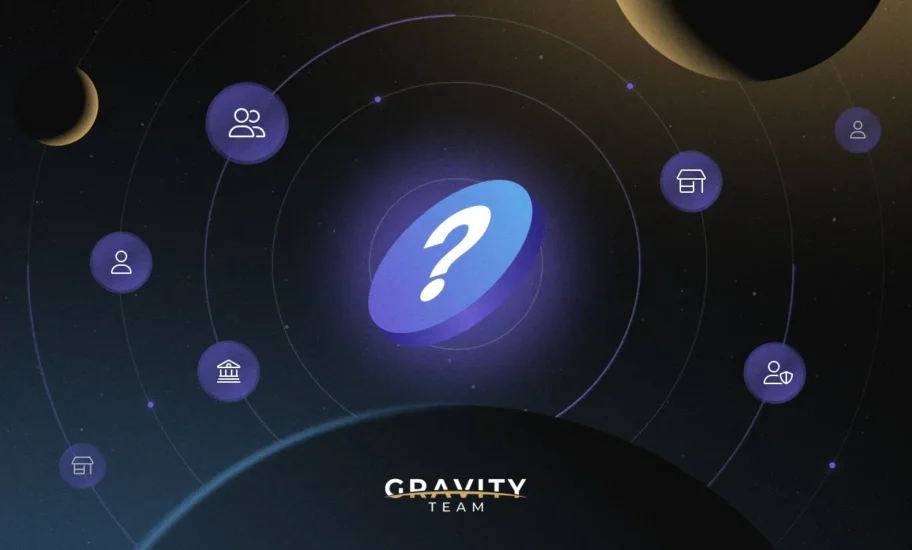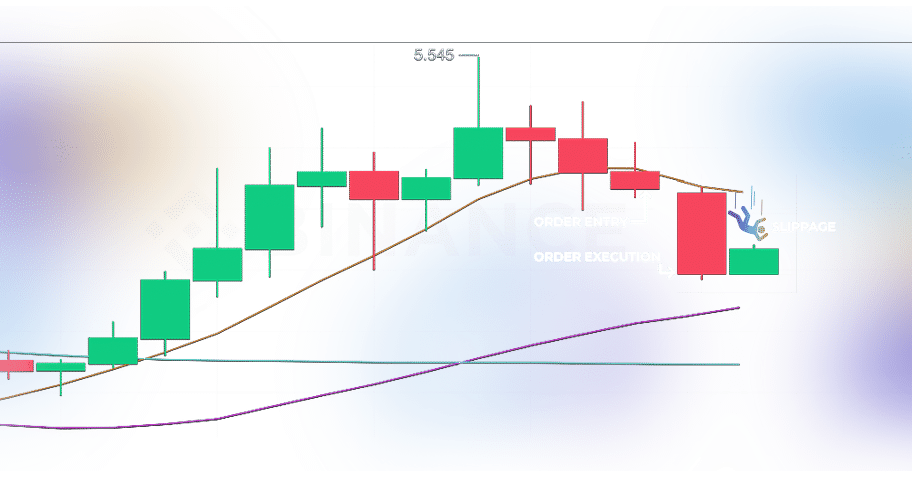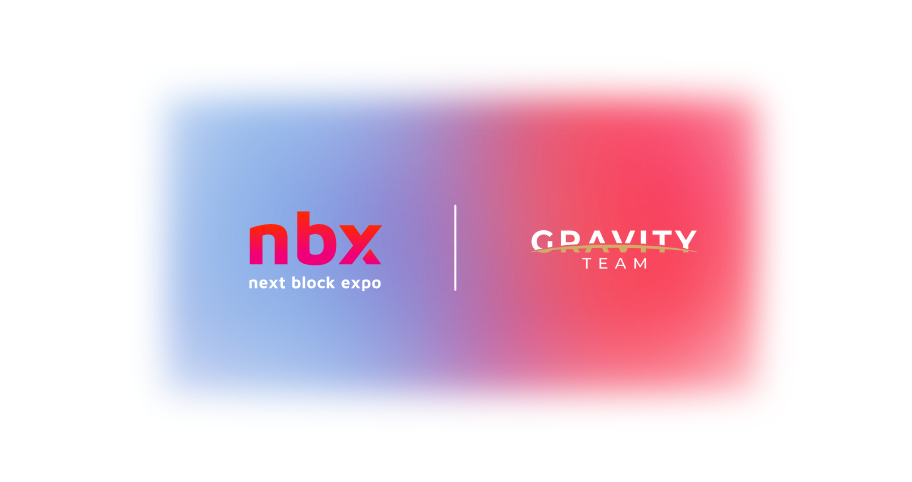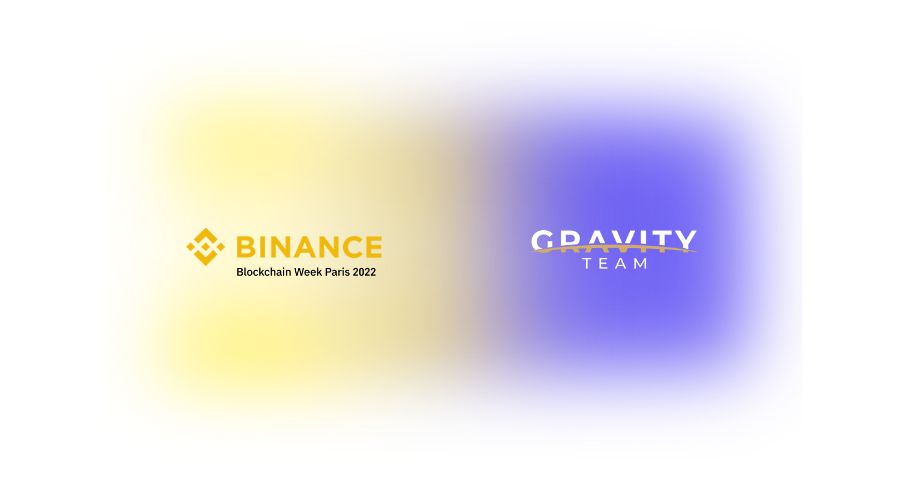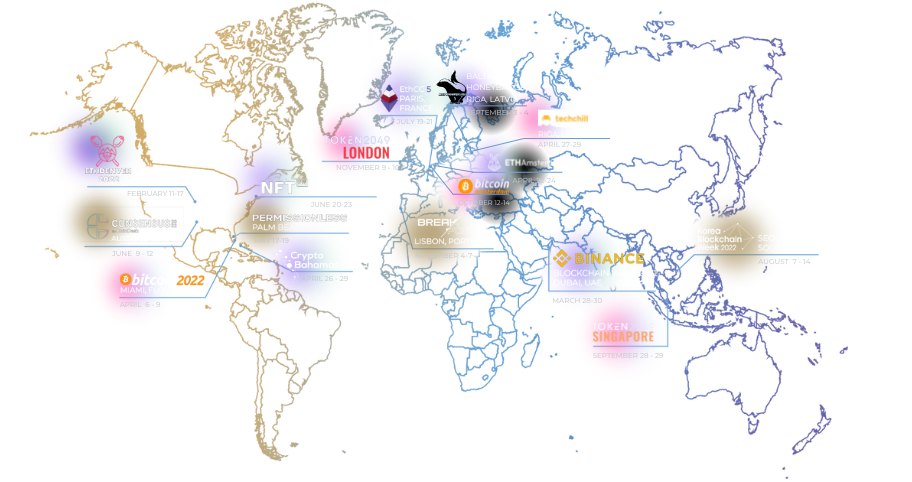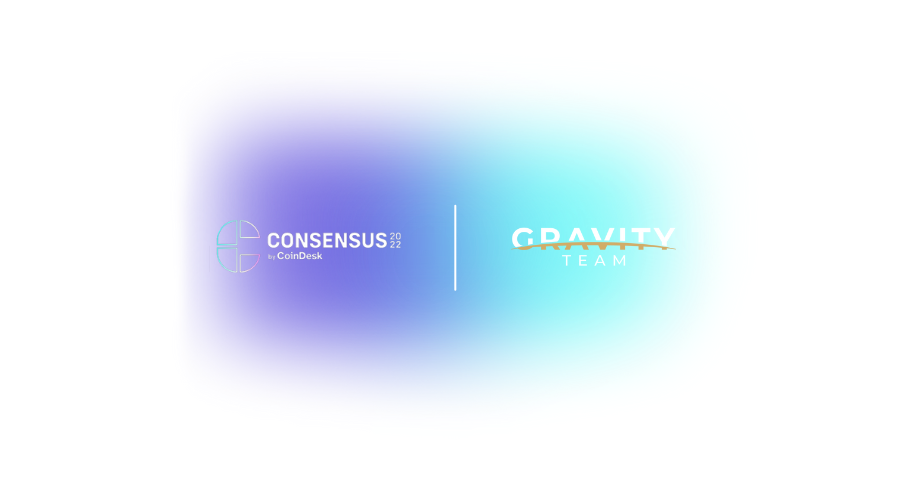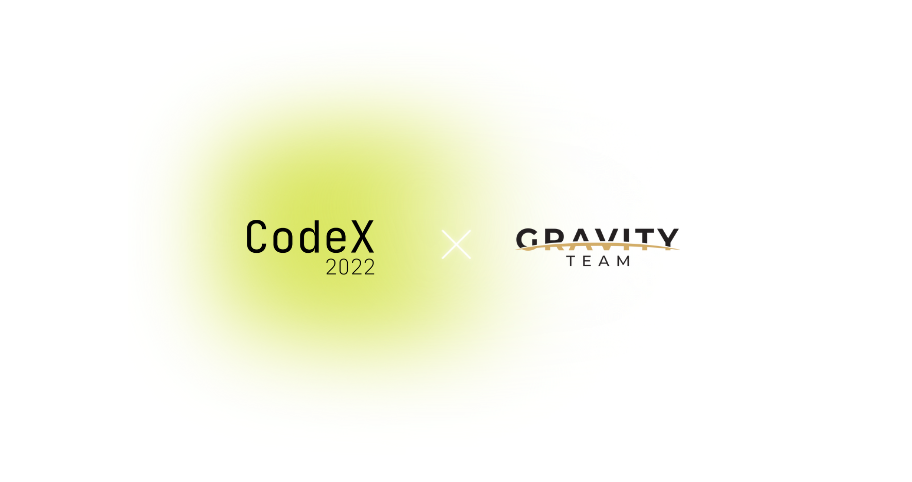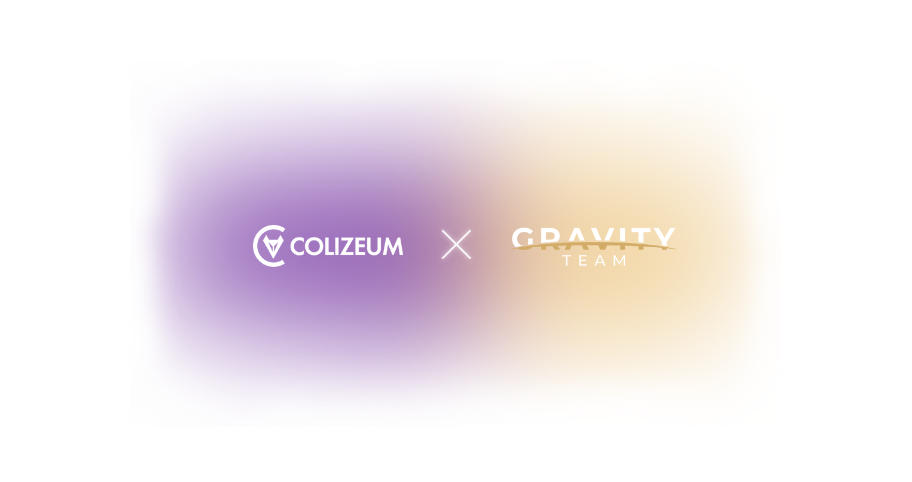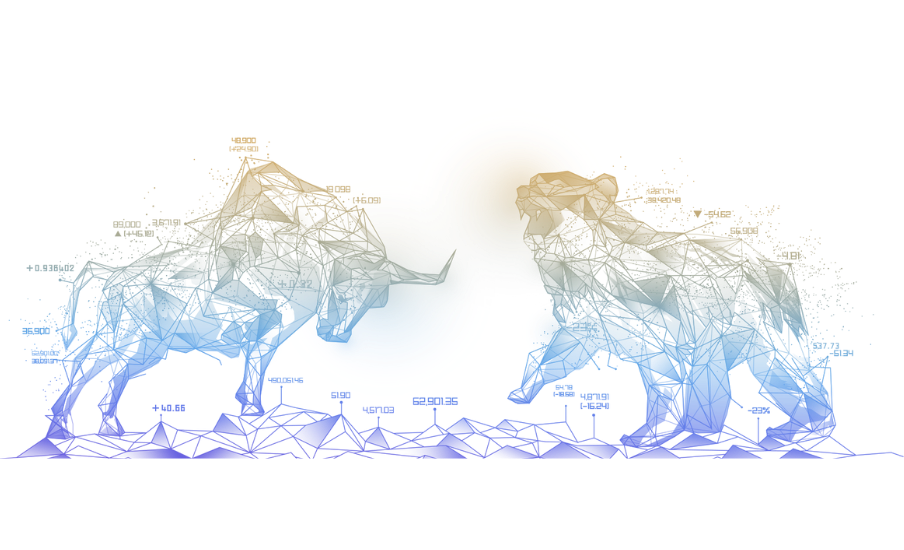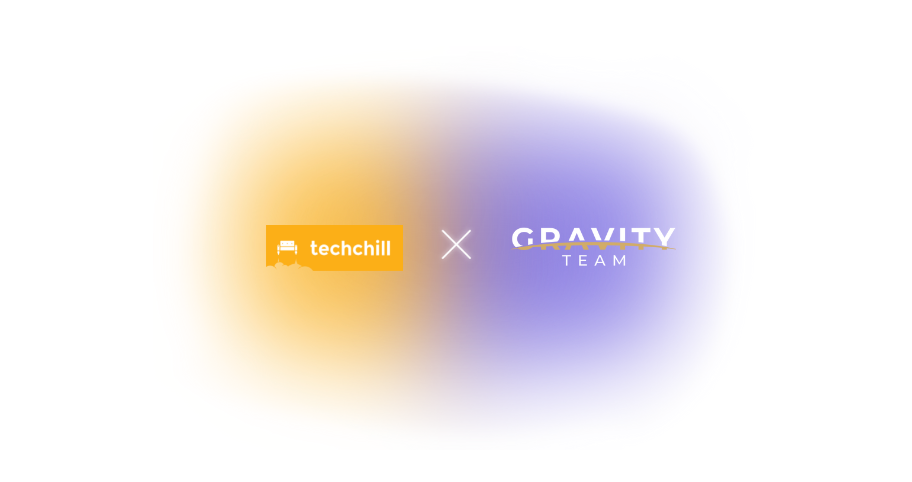
EU’s MiCA Regulation Explained: Your Guide
 7 minutes
7 minutes

Disclaimer: This article is for informational purposes only and does not constitute legal or financial advice. Always consult with a professional advisor before making any decisions related to regulatory compliance.
The European Union’s Markets in Crypto-Assets (MiCA) regulation is set to change the way crypto businesses operate, opening access to a market of over 500 million people. With the European crypto market currently worth $1 trillion, MiCA’s streamlined regulations offer a rare opportunity for companies to gain EU-wide licensing with just one authorization. This guide explores how MiCA is reshaping the crypto landscape, its impact on over 500 CASPs, and what your business must do to remain compliant and competitive in this newly regulated environment.
What Is MiCA Regulation?
MiCA stands for Markets in Crypto-Assets, a regulatory framework adopted by the European Union to create a unified approach to crypto-assets and related services. It provides legal certainty by defining crypto-assets and setting out the requirements for crypto-asset issuers and service providers. Once granted, MiCA offers an EU-wide passporting of the authorisation.
Key Objectives of MiCA
MiCA’s primary goals include:
- Creating a Unified Framework: Replace disparate national regulations with a single, comprehensive framework applicable across all EU member states.
- Enhancing Transparency and Disclosure: Mandate clear guidelines for the issuance, offering, and trading of crypto-assets, requiring issuers to publish detailed whitepapers.
- Protecting Investors: Implement measures to safeguard crypto-asset holders and clients of crypto-asset service providers (CASPs), including rules on asset custody and segregation.
- Preventing Market Abuse: Prohibit insider trading, unlawful disclosure of inside information, and market manipulation.
- Fostering Innovation: Encourage the development and adoption of new crypto technologies while ensuring financial stability.
Who and What Does MiCA Apply To?
MiCA applies to:
- Crypto-Asset Service Providers (CASPs): Entities offering services like custody, exchange, trading platforms, and advisory services related to crypto-assets.
- Crypto-Asset Issuers: Companies or individuals issuing crypto-assets to the public within the EU.
- Types of Crypto-Assets Covered:
- Asset-Referenced Tokens (ARTs): Tokens referencing multiple assets, including fiat currencies, commodities, or cryptocurrencies.
- E-Money Tokens (EMTs): Stablecoins pegged to a single fiat currency.
- Other Crypto-Assets: Includes utility tokens and other digital assets not classified as ARTs or EMTs.
Exclusions:
MiCA does not apply to:
- Non-Fungible Tokens (NFTs): Unless they exhibit characteristics similar to covered crypto-assets or financial instruments.
- Decentralized Finance (DeFi) Applications: Operating without intermediaries.
- Central Bank Digital Currencies (CBDCs): Issued by central banks.
How Does MiCA Work?
MiCA sets out a comprehensive regulatory framework that includes:
- Authorization: CASPs must obtain authorization from the relevant national authorities to operate within the EU.
- Whitepaper Requirements: Issuers must publish a detailed whitepaper outlining the project specifics, risks, and environmental impact.
- Capital Requirements: CASPs are subject to capital reserves to ensure financial stability.
- Operational Standards: Implement strict guidelines for governance, risk management, and consumer protection.
- Cross-Border EU Passporting: EU Passport: Once authorized in one EU member state, CASPs can operate across all member states without needing additional authorisations, simplifying expansion plans.
Current Status & Timeline of MiCA (September 2024)
- Please note: the above is an illustration of the ESMA suggested timelines. These regulations and requirements may differ per each member state.
- Entry into Force: MiCA officially came into force on June 29, 2023.
- Phased Implementation:
- June 30, 2024: Provisions concerning asset-referenced tokens (ARTs) and e-money tokens (EMTs) become applicable.
- December 30, 2024: Full application of MiCA, including regulations for other crypto-assets and CASPs.
- Consultation Packages:
- The European Securities and Markets Authority (ESMA) released the first MiCA consultation package in July 2023, focusing on technical standards related to authorization, governance, and conflict of interest.
- Subsequent consultation packages are scheduled, with the second expected in October 2023 and the third in Q1 2024.
- Transitional Measures:
- Whilst the national regulations may vary, CASPs operating under national laws before December 30, 2024, could be able to continue operating until July 1, 2026, or until they are granted or refused authorization under MiCA.
Importance of MiCA for Crypto Businesses
Regulatory Clarity
- Unified Regulations: Provides a clear and consistent regulatory environment across the EU, reducing legal ambiguities.
- Reduced Uncertainty: Offers guidance on compliance, which is beneficial compared to regions like the United States, where regulatory frameworks are still evolving.
Market Access
- Passporting Rights: Authorized CASPs can operate throughout the EU with a single authorization.
- Expansion Opportunities: Simplifies the process for businesses to enter new EU markets, fostering growth and innovation.
Consumer Confidence
- Enhanced Protection: Robust measures increase trust among consumers and investors.
- Market Integrity: Standardized practices prevent market abuse and promote fairness.
Global Benchmark
- Setting Standards: MiCA serves as a model that other regions may adopt, influencing global crypto regulation.
- Competitive Advantage: Positions the EU as a leader in crypto regulation, attracting businesses worldwide.
Statistics and Facts About MiCA
- Market Size:
- The European crypto market was estimated to be worth over $1 trillion in 2023, highlighting the significance of MiCA in regulating a substantial market.
- Consumer Protection:
- MiCA mandates that CASPs have insurance or equivalent safeguards to cover potential liabilities, enhancing consumer trust.
- Environmental Impact Disclosure:
- MiCA requires issuers to disclose the environmental and climate-related impact of crypto-assets in their whitepapers.
- Cross-Border Operations:
- Over 500 CASPs are expected to seek authorization under MiCA to operate across the EU, according to industry estimates.
- Capital Requirements:
- Crypto-Asset Service Providers (CASPs): Required to hold a minimum amount of capital, which varies depending on the services offered and country getting the license in:
- Operating a Trading Platform: Minimum capital of €150,000.
- Custody and Administration of Crypto-Assets: Minimum capital of €125,000.
- Other Services: Minimum capital of €50,000.
- Asset-Referenced Tokens (ART) / Stablecoin Issuers: issuers of asset-referenced tokens are governed by PSD 2 that requires them to an initial capital in amount of:
- €350,000
- Crypto-Asset Service Providers (CASPs): Required to hold a minimum amount of capital, which varies depending on the services offered and country getting the license in:
- Implementation Timeline:
- 18-Month Transitional Period: CASPs operating under national laws can continue operating while seeking MiCA authorization.
How to Prepare for MiCA Compliance
For Crypto-Asset Service Providers (CASPs)
- Assess Regulatory Status: Determine how MiCA applies to your services and identify any gaps in compliance.
- Obtain Authorization:
- Legal Entity Registration: Ensure your entity is registered in an EU member state.
- Authorization Application: Prepare and submit applications to the competent national authority before December 2024.
- Implement Compliance Procedures:
- AML/KYC Policies: Strengthen anti-money laundering and customer verification processes to meet MiCA standards.
- Risk Management: Establish robust risk assessment and mitigation strategies.
- Operational Policies: Update operational policies to align with MiCA’s governance and operational requirements.
- Capital Requirements: Ensure your business meets the minimum capital requirements as per MiCA.
For Crypto-Asset Issuers
- Prepare Comprehensive Whitepapers:
- Include all required information, such as project details, rights and obligations, risks, and environmental impact.
- Ensure clarity and transparency to meet disclosure obligations.
- Legal Entity Registration: Register as a legal entity within the EU to be recognized under MiCA.
- Understand Token Classification:
- Determine if your token is an ART, EMT, or other crypto-asset to comply with specific requirements.
- For stablecoins (ARTs and EMTs), be prepared to meet stricter regulations, including reserve requirements.
- Engage with Regulators:
- Proactively communicate with relevant authorities for guidance and support during the transition.
General Steps
- Stay Informed:
- Monitor updates from ESMA and national regulators.
- Participate in public consultations and industry discussions.
- Seek Legal Counsel:
- Consult with legal experts specializing in EU crypto regulations to navigate complexities.
- Educate Stakeholders:
- Inform your team, investors, and partners about the implications of MiCA.
- Provide training and resources to ensure organizational readiness.
Benefits and Challenges of MiCA
To recap up, there are certain benefits and challenges of MiCA regulation.
Benefits
- Legal Certainty: Clear definitions and rules for crypto-assets and services.
- Investor Protection: Enhanced safeguards for consumers and investors.
- Innovation Encouragement: Supports the growth of crypto technologies within a regulated framework.
- Market Integrity: Measures to prevent fraud, market manipulation, and insider trading.
- Simplified Licensing: Fewer licenses required, reducing administrative burdens.
Challenges
- Compliance Costs: Meeting regulatory requirements may increase operational costs for businesses.
- Stricter Regulations for Stablecoins: Asset-referenced tokens face more stringent rules, potentially limiting their issuance.
- Ambiguity for NFTs and DeFi: Uncertainty remains for certain assets and decentralized applications.
- Transition Period: Businesses need to adapt to new regulations within specified timelines.
Conclusion
The Markets in Crypto-Assets (MiCA) Regulation represents a significant milestone in the crypto industry, setting a precedent for comprehensive regulation in a rapidly evolving market. By providing clarity and uniformity, MiCA aims to balance innovation with investor protection, fostering a secure environment for the growth of crypto-assets in the European Union. For crypto businesses and users alike, understanding and preparing for MiCA is essential to navigate the future of finance in Europe.
About Gravity Team
Gravity Team is a crypto-native market maker founded in 2017. We focus on providing fair crypto-asset pricing globally. With a dedicated team of ~50 professionals, we actively trade over 1,400 crypto-asset pairs across 30+ exchanges worldwide.
Check out these pages if you are looking for a trusted and reliable crypto market maker for your coin and a liquidity provider for your crypto exchange.
Disclaimer: This article is for informational purposes only and does not constitute legal or financial advice. Always consult with a professional advisor before making any decisions related to regulatory compliance.
Contact Us
We are always open to discussing new ideas. Do reach out if you are an exchange or a project looking for liquidity; an algorithmic trader or a software developer looking to improve the markets with us or just have a great idea you can’t wait to share with us!



